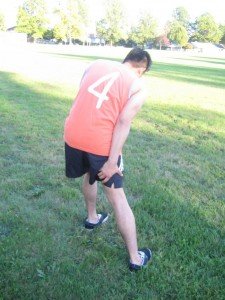An ingrown hair is considered as a common issue characterized as a small-sized pimple with a small-sized light-colored head on the follicle. An ingrown hair develops once the hair grows past the skin surface and starts to curl and grow back into the hair follicle.
In most cases, ingrown hair is often painless and after some time, it typically grows out once ready. In some circumstances, the hair can become problematic and causes pain, swelling, irritation, soreness and even infection.
What are the possible causes of an ingrown hair?
It is important to note that hair which is naturally wavy is more susceptible to end up with this issue than the straight hair. Due to this, ingrown hair typically grows in the pubic region where the hair is often compactly curled even for those who have straight scalp hair.
Using tight or constricted clothing that produces friction by rubbing the hair of the body back into the skin surface will allow easier access for skin penetration which is also a contributing factor for the development of ingrown hair.

The main root of most cases of ingrown hair is shaving which directly contributes to the hair curve such as distending the skin while shaving, shaving against the natural direction in which the hair grows and shaving too closely or using multiple blades.
What are razor bumps?
A minor form of folliculitis is called razor bumps. This is a symptom of ingrown hair which is triggered once the body reacts to the hair growing back inside the follicle as if it is a foreign material.
This reaction can manifest on any part of the body where hair has been shaved especially if shortly shaved, but this is frequently an issue among men who shear facial hair. Those who have naturally curly hair are more susceptible to experience this problem as a result of ingrown hair.
What are cysts?
After the removal of the hair via waxing or shaving, many women are prone to ingrown hair in the vulva area. The growth can lead to the development of sebaceous cyst at the site of one or more of the ingrown follicles.
Once an ingrown blocks the oil gland, a hard but painless cyst forms which eventually subsides on its own. In most cases though, a sebaceous cyst continues to grow and becomes inflamed, thus increasing the discomfort and might even require medical care to drain the fluid within or surgical removal.
Treatment for an ingrown hair
Ingrown hair must be allowed to grow out naturally. In case there is pain or discomfort due to the inflammation at the site, daily application of a warm compress and regularly using a Sitz bath can alleviate the irritation.
When it comes to continuous soreness or associated infection, topical antiseptics, antibiotics and antibacterial cleanser can be used as needed.
